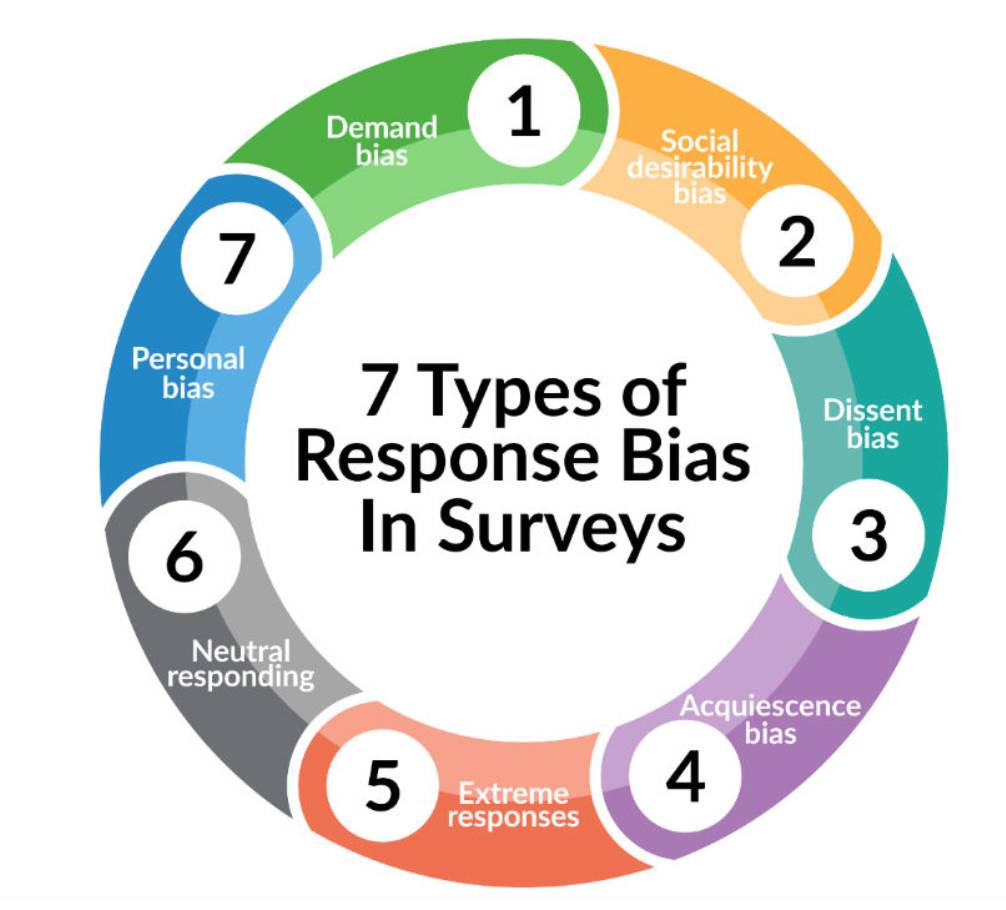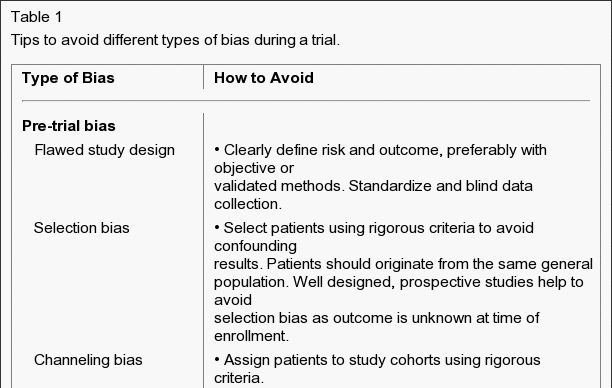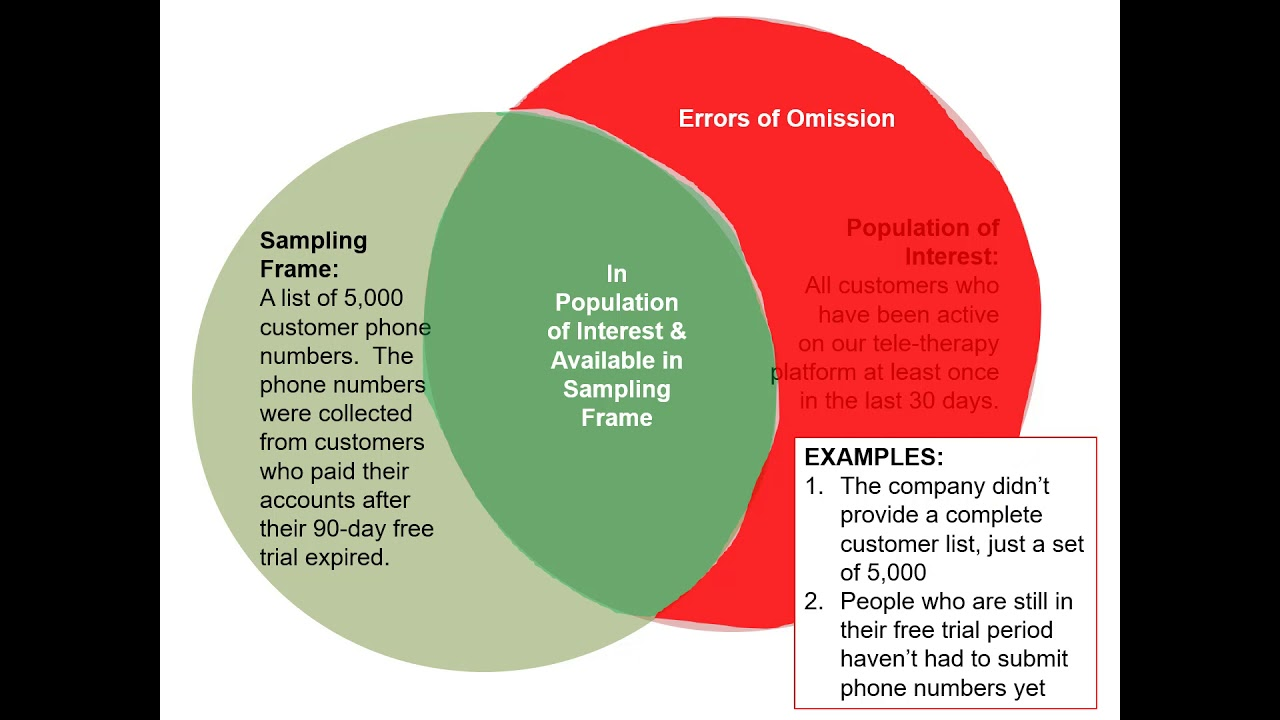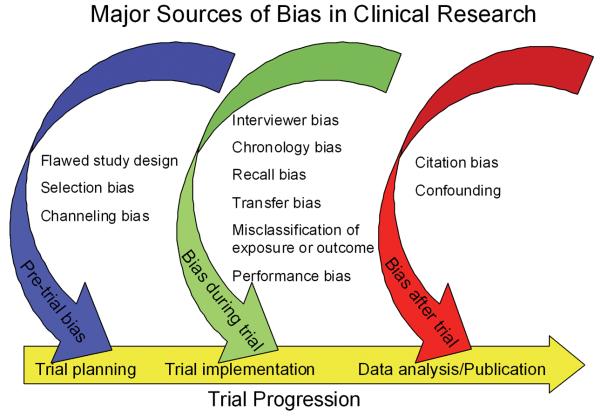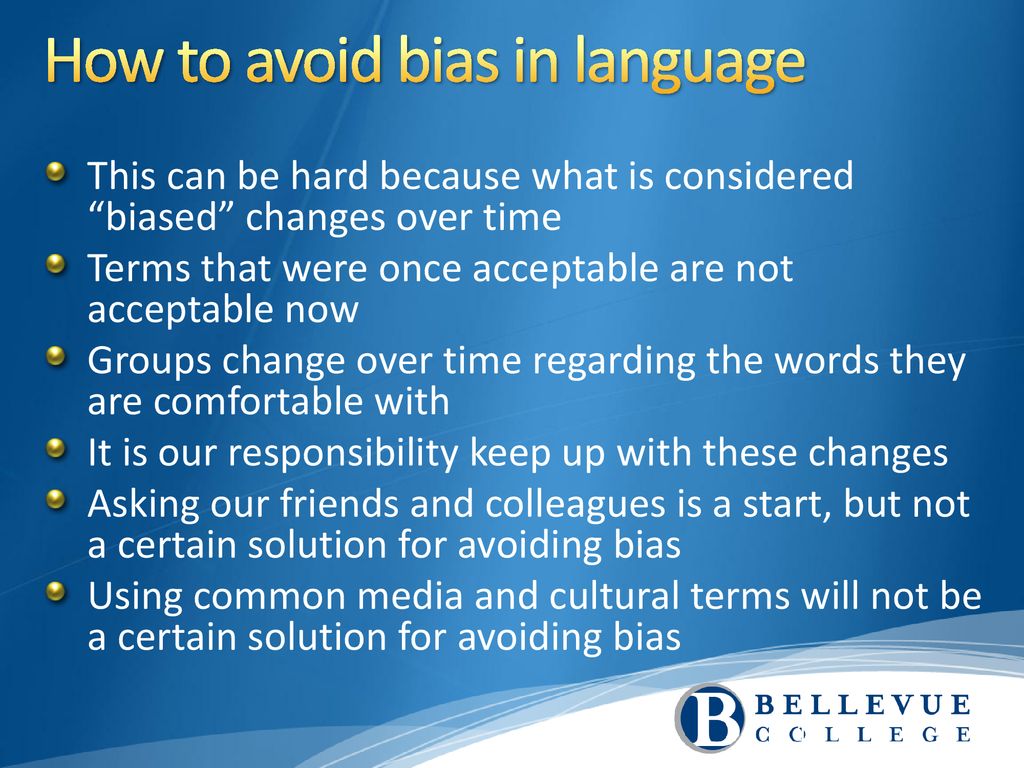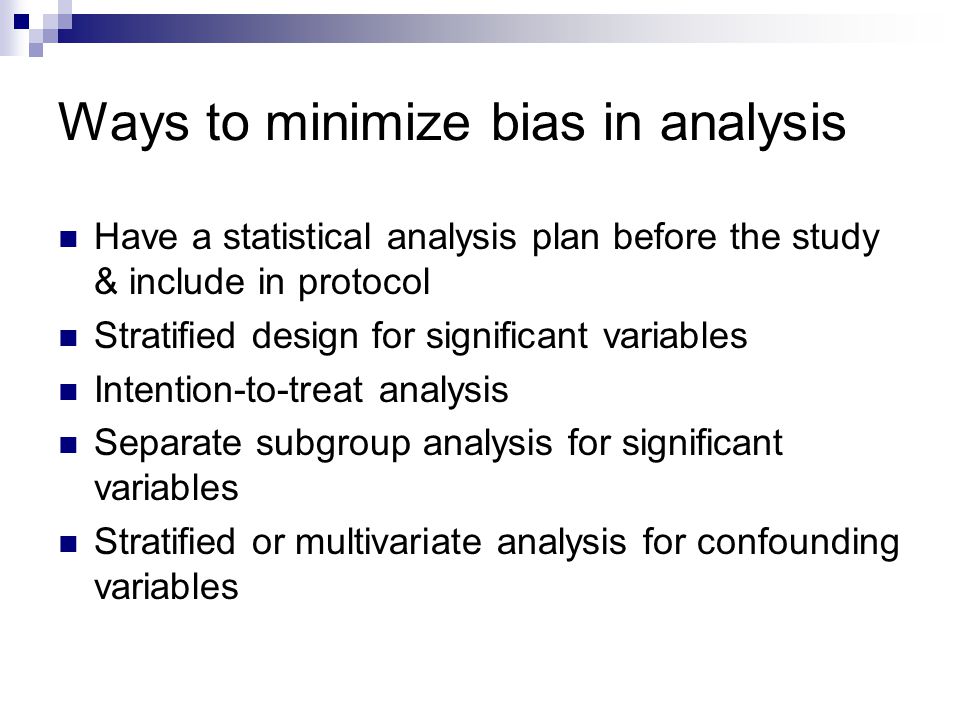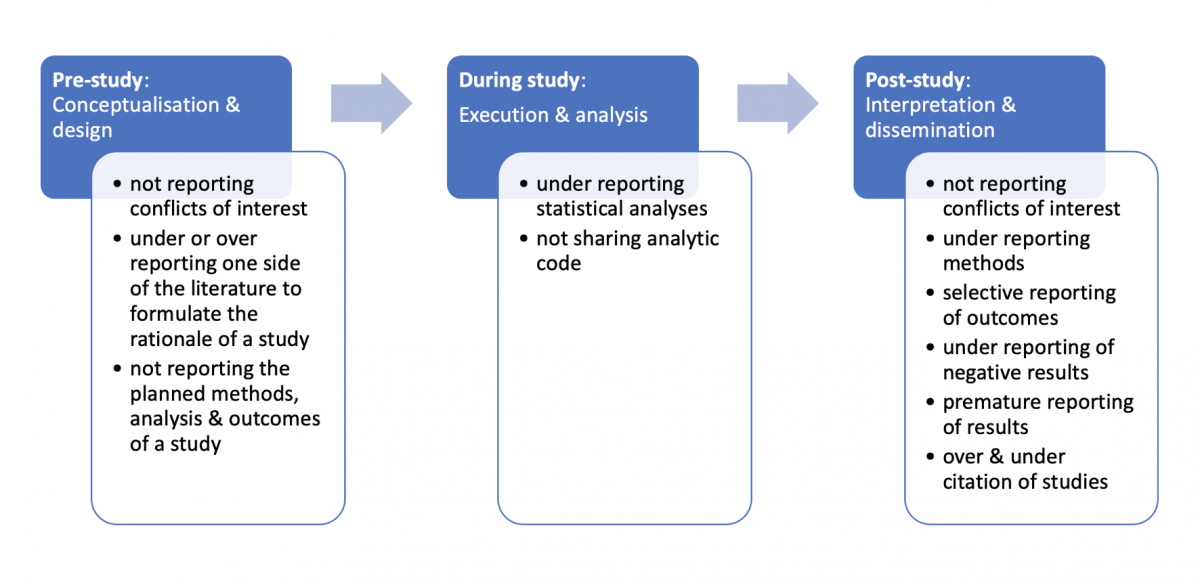What Everybody Ought To Know About How To Avoid Bias In Research
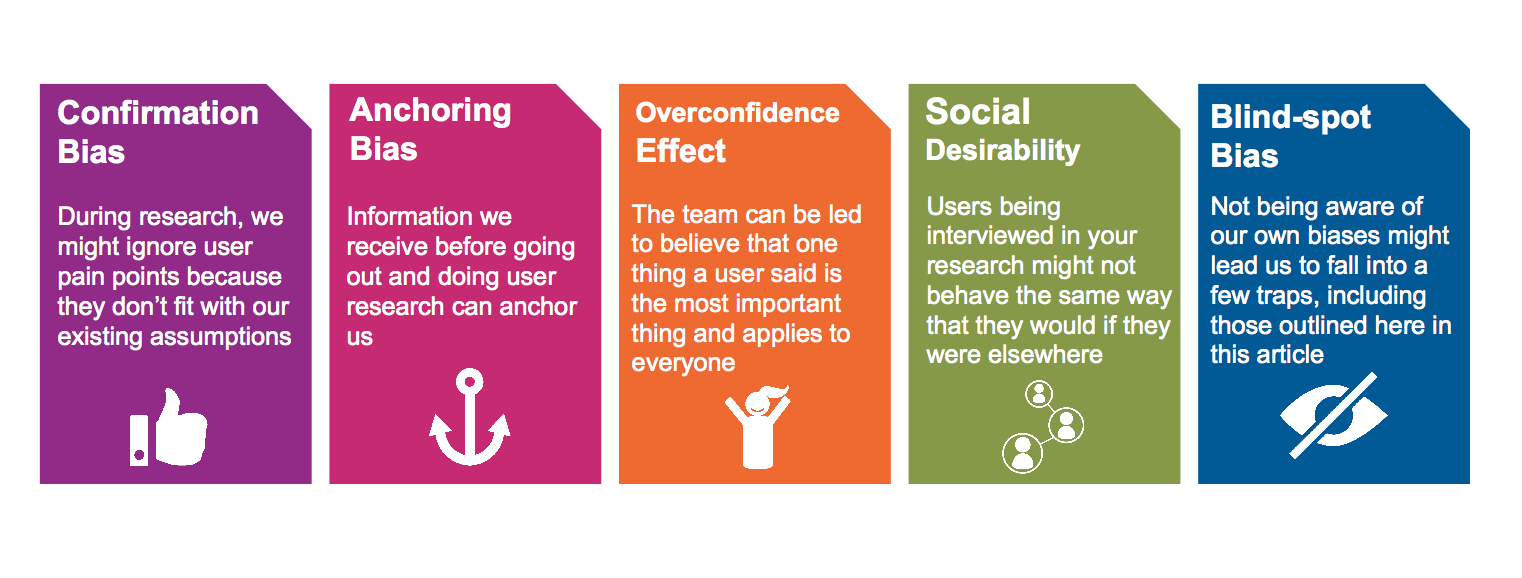
Questions that lead or prompt the participants in the.
How to avoid bias in research. Be specific rather than descriptive. Leading questions and wording bias. Match the sampling frame to the target population as much as possible to reduce the risk of sampling bias.
Sensitive language helps you avoid bias. Avoiding bias in your research. This means that you need to treat any information that.
Ask general questions first, before moving to specific or sensitive questions. To ensure your work is free from subjectivity that could influence the results, take steps to gauge your own and your team’s actions. Define a target population and a sampling frame (the list of individuals that the sample will be drawn from).
Give respondents enough time to complete the survey relative to the feedback they're providing. Similarly, both approaches require different methods. Bias during trial could be avoided by blinding the interviewer to exposure.
If more than one person is involved in. Researchers using surveys to gather data have their work cut out for them. Recognizing the types of bias is the first step to avoiding them in your research.
Published on september 19, 2022 by kassiani nikolopoulou. Selection bias, information bias, and confounding bias. Though it can be difficult to avoid all instances of order bias, asking general questions before specific questions and reviewing the order of questions can help limit the.




